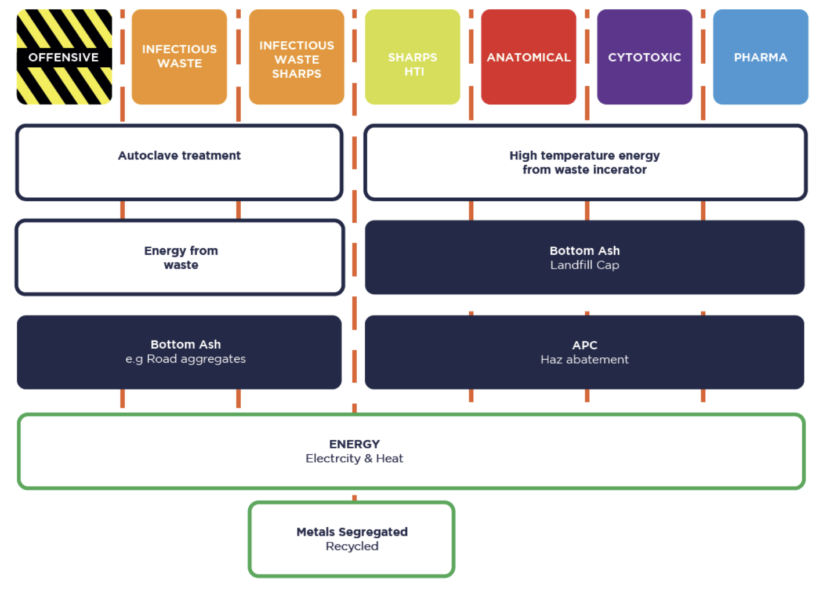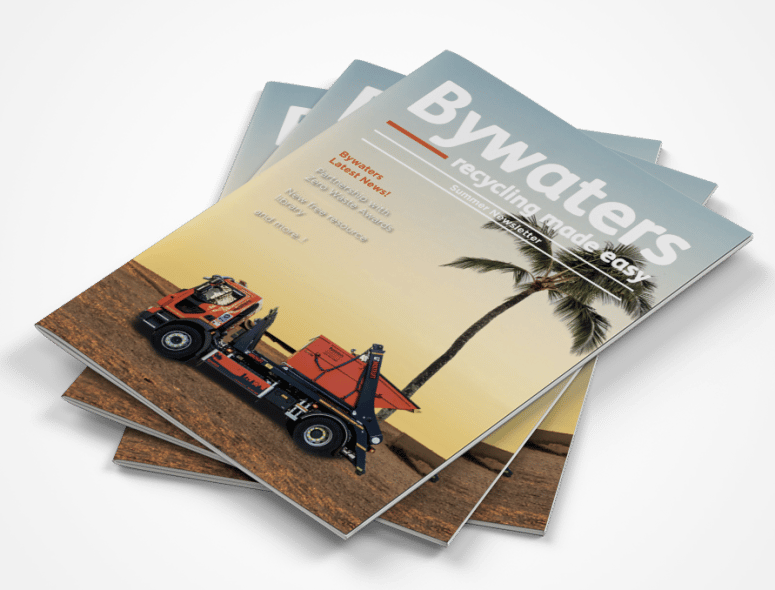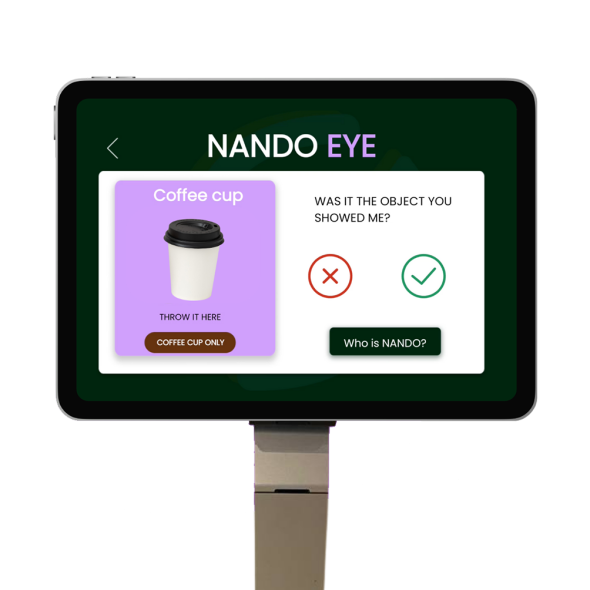Contact us today for your Free Quote
The impact of clinical waste is one of the most overlooked factors in the healthcare industry. When improperly disposed of it can lead to substantial risks for both the environment and human health. Therefore, it is crucial to apply appropriate disposal methods and mitigate these hazards.
In this article, we aim to provide an educational insight into the various types of clinical waste whilst guiding you on the proper disposal methods. From items like nappies to organs, we will cover a wide range of waste categories to help you understand the appropriate disposal procedures for each type of clinical waste.
Here are the common types of pharmaceutical waste we can dispose of:
Offensive clinical waste
The name refers to a specific category of waste that is non-infectious but still considered offensive or unpleasant due to its potential to cause nuisance, discomfort, or annoyance. Examples of offensive waste: can include items such as hygiene waste (e.g., sanitary products, diapers), incontinence waste, animal waste, soiled bedding, and other similar materials. It typically includes items that emit strong odours, are soiled or contaminated, or have the potential to cause offence to the senses or public decency. Offensive waste should be disposed of in tiger stripe waste containers.
Infectious clinical waste
Infectious waste, also known as biomedical or healthcare waste, is waste materials potentially contaminated with pathogens like bacteria, viruses, or other infectious agents. It is generated in healthcare facilities, laboratories, research centre, and other settings where contact with infectious substances is likely.
It’s crucial to properly handle, segregate, package, transport, and treat infectious waste to prevent infection spread and safeguard public health. Items in this category must be contained in mud orange waste containers.
Examples of infectious waste include: Contaminated sharps, microbiological waste, body parts, human fluid and used medication.
Process for Offensive and infectious waste
- We offer United Nations approved waste containers for your convenience.
- Our trained professionals come equipped with eco-fleet vehicles to collect your waste.
- The waste is then sent to our trusted autoclave partners for sterilisation.
- Once sterilised, the waste is sent for incineration, where it is converted into ash for use as aggregate and energy for the community.
- Any remaining metal from the process is recycled to minimise waste.
Sharps HTI clinical waste
Sharps HTI waste refers to a specific type of hazardous medical waste known as “Healthcare-Related Tubing and Sharps Waste.” It encompasses various sharp objects and tubing used in medical procedures, treatments, and diagnostics.
This waste type has the potential to puncture or cut the skin, potentially causing injuries and transmitting infectious diseases. Proper management of sharps HTI waste involves the use of our yellow puncture-resistant containers specifically designed for sharps material.
Examples of sharps HTI: Hypodermic needles, Syringes, IV catheters, Blood collection, needles, Lancets, Scalpels, Surgical blades and Infusion sets
Anatomical clinical waste
Anatomical waste alludes to a type of biomedical waste that includes human or animal body parts, organs, tissues, and other anatomical substances. This waste category typically consists of biological materials that are generated during medical procedures, surgeries, autopsy, research, and veterinary practices.
Procedures for the management of anatomical waste often involve the use of leak-proof and puncture-resistant containers, such as biohazard bags or rigid bins, labelled and colour-coded for identification. These containers are designed to prevent the leakage or release of biological materials and protect against accidental exposure.
Examples of Anatomical Waste: Body parts, specimens, placenta and animal carcasses
Cytotoxic clinical waste
Cytotoxic waste depicts waste materials that contain or have been contaminated with cytotoxic substances. Cytotoxic substances are chemicals that are toxic to cells and are commonly used in chemotherapy treatments for cancer patients.
Proper management of cytotoxic waste involves adhering to specific protocols and guidelines. This includes the use of specialised containers, such as yellow chemotherapy waste bags or bins, which are puncture-resistant and are labelled.
Examples of Cytotoxic waste: Empty or partially empty cytotoxic medication vials, used cytotoxic drug containers, gloves, gowns, masks, and other personal protective equipment (PPE)
Pharmaceutical clinical waste
Pharmaceutical waste refers to the unused, expired, contaminated, or otherwise unwanted medications or pharmaceutical products that require proper disposal. It includes various types of pharmaceuticals such as prescription drugs, over-the-counter medications, veterinary drugs, and other healthcare-related products.
Proper disposal of pharmaceutical waste is crucial to prevent environmental contamination, safeguard public health, and minimise the risk of accidental or intentional misuse.
Examples of Pharma waste: Expired medications, Contaminated medications, Packaging waste associated with pharma waste and Spent or expired vaccines.
Process for sharps HTI, Anatomical, cytotoxic and Pharma
- We offer United Nations-approved waste containers for your convenience.
- Our trained professionals, equipped with eco-fleet vehicles, will collect your waste.
- The waste is sent for incineration, where it is converted into ash for use as aggregate and energy for the community.
- Any remaining metal from the process is recycled to minimise waste.
We have created an infographic to simplify the process of managing your clinical recycling, you can also download our clinical waste brochure here.



